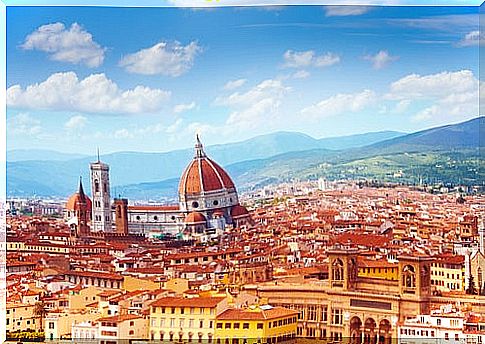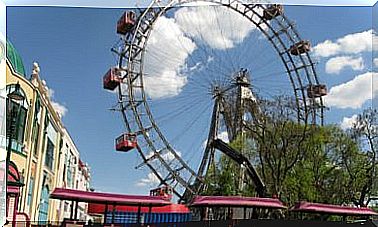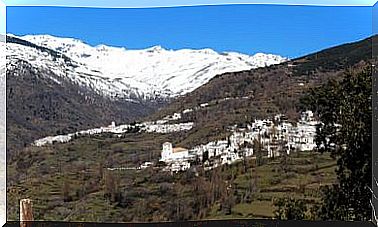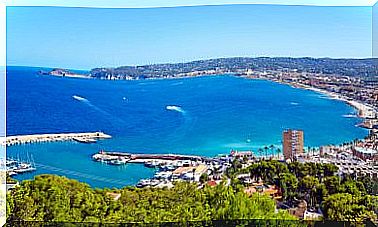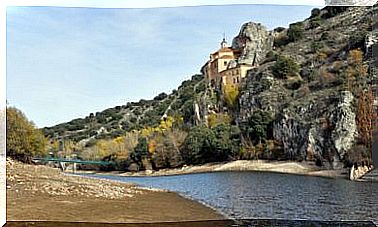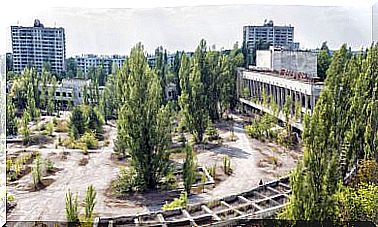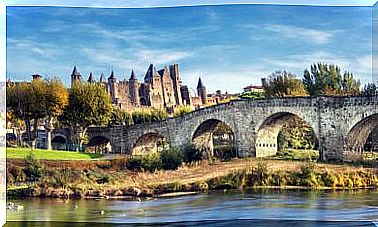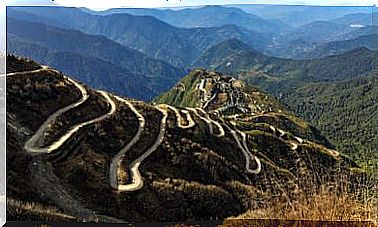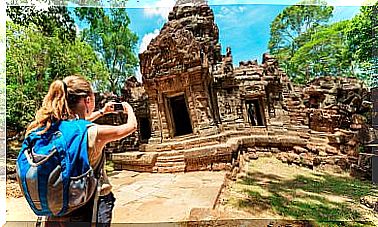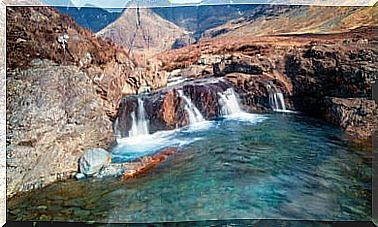Masaccio, A Great Italian Painter Of The Renaissance
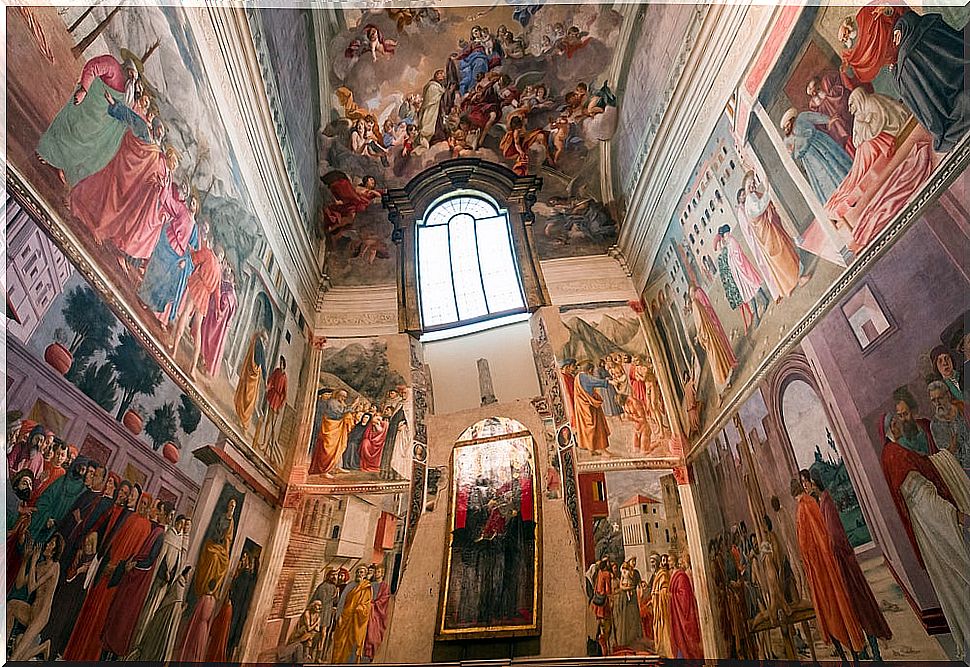
The Renaissance is one of the greatest periods of splendor of art. In the 15th and 16th centuries, one of the greatest moments for the art of Europe took place. More specifically, in Italy, where figures such as Sandro Boticelli, Piero della Francesca, Paolo Ucello and Giovanni Masaccio stand out. Precisely, we are going to delve into the figure and legacy of Masaccio .
Who was Masaccio?
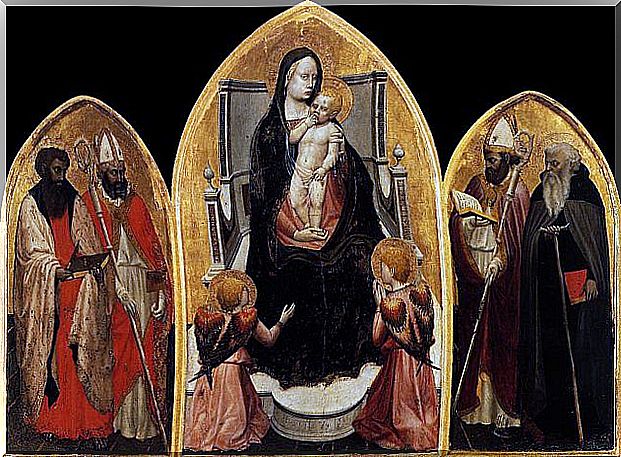
Tommaso di Ser Giovanni di Mone Cassai, or better known as Massacio, was an Italian painter of the first stage of the Renaissance, the Quattrocento. He was born in 1401 in San Giovanni Valdarno and at the age of 16 he went to Florence to possibly acquire knowledge of painting.
There he established contact with a painters’ guild, where he was able to receive influences and make friends with many of them, such as Donatello or Brunelleschi. Masaccio was able to capture a great artistic work despite his youth, and for this reason, he is considered an artist ahead of his time.
He is credited with the triptych in the church of San Juvenal de Cascia di Reggello, dated 1422. This would have been his first work done in Florence, probably commissioned by the Castellani family. He also made frescoes in other religious buildings and even other cities like Pisa.
Finally, in 1428 he traveled to Rome with the intention of collaborating in the chapel of Santa María la Mayor. However, he never finished the project since he passed away at the end of the year, at the age of 27. The causes are unknown, although it is believed that he was poisoned.
Why is this painter so important?
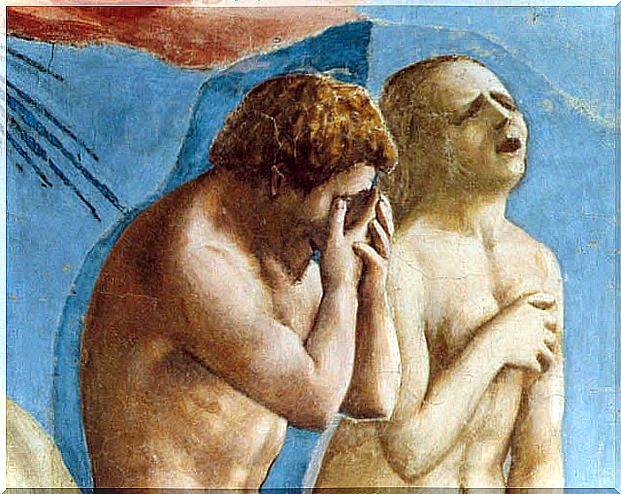
The Quattrocento is a period in which there are important developments in the world of painting. And all these novelties are based on the entire stage that follows it: The Renaissance.
To define the Renaissance in painting we have to speak of perspectives, vanishing points and dimensions, also of a search for perfection. And in this set of concepts, man is the protagonist of everything.
Thus, the works managed to gain in volume and naturalness, since the spaces represented gained in a certain realistic tone. Thanks to Masaccio, the foundations of the painting of the Quatrocentto and of the later Renaissance stages were laid. After all, perspective is still one of the keys to painting.
Masaccio’s work
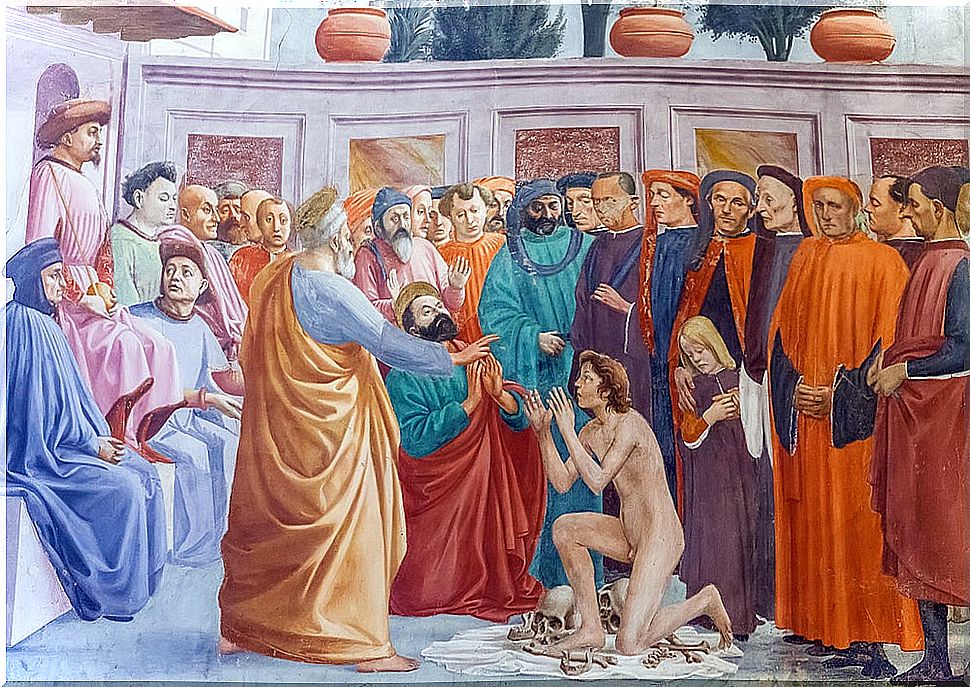
Masaccio’s best-known work is the frescoes in the Brancacci Chapel, inside the Church of Santa Maria del Carmine in Florence. This was the city where Masaccio was able to refine his style and put it into practice. The fresco represents the life of Saint Peter and some scenes from the Old Testament.
It is a complex composition where all the scenes are portrayed from the observer’s point of view. This reaffirms Masaccio’s ability to apply perspectives to his works.
In addition, it should be noted that this work was very important for later painters such as Leonardo da Vinci or Michelangelo, who tried to analyze all the details.
More works by Masaccio
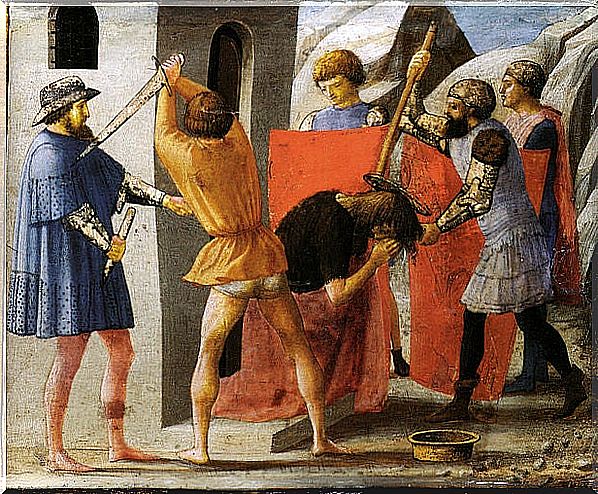
Another outstanding work is the frescoes of the Trinity, located on the walls of the church of Santa Maria Novella, also in Florence. It is in this work where he applied the theory of perspective for the first time.
Finally, important works by Masaccio are the Pisa Polyptych, and the Virgin with the Child and Saint Anne canvas. The latter can be visited in the Uffizi galleries in Florence.
As you may have observed, Masaccio’s short life meant that much of his work remained in the city of Florence. Compared to other Italian Renaissance painters, this is an artistic legacy that has barely traveled miles.
However, it has helped many later painters to learn. For this reason, we cannot consider Masaccio’s work less important because it is smaller, we have a lot to thank him for!
